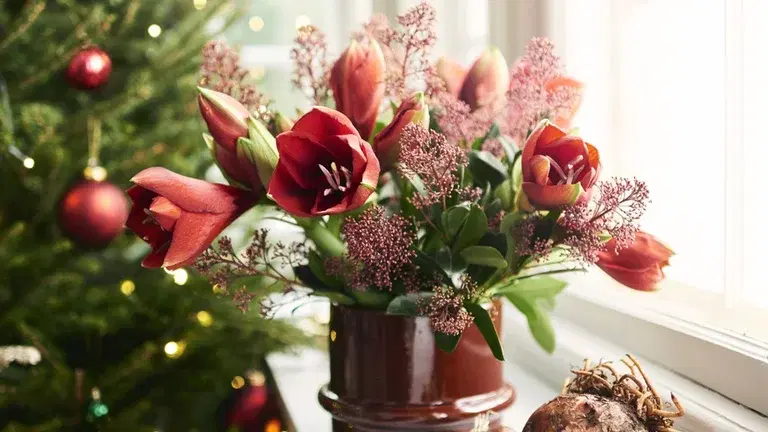Christmas star - facts and advice on care
Plant guide
Christmas
Celebration
The poinsettia is a very common houseplant during the Christmas season. Keep your poinsettias beautiful with the right care, and they will give you the true Christmas feeling in return.






Topics:
Plant guide
Christmas
Celebration








